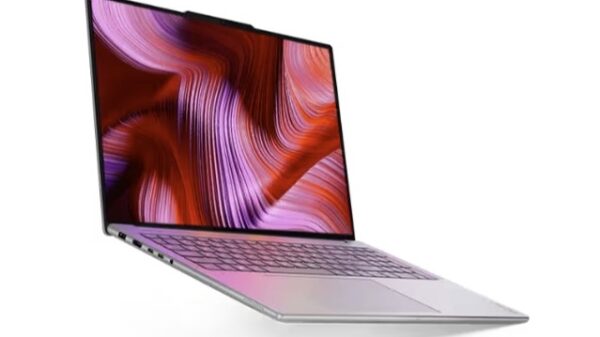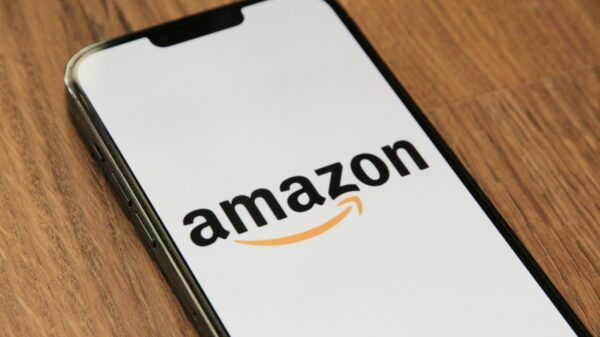Apple Pay, celebrating its 11th anniversary, has seen a substantial increase in usage, with weekly in-store transactions more than doubling year over year. Currently, the digital wallet is responsible for an estimated $450 billion in annual sales. Despite this growth, traditional payment methods still dominate the checkout process, and competition is intensifying among digital wallets, with services like Google Pay and Cash App redefining the concept of contactless payments.
Shifting Consumer Habits and Competitive Landscape
Recent findings from a survey of 3,339 U.S. consumers, conducted from August 14 to September 22, 2025, illustrate a significant shift in how payment methods are perceived and used. Over 30% of consumers now utilize a digital wallet for in-store purchases on a weekly basis, a considerable increase from just 14% the previous year. However, a notable gap remains between the adoption of digital wallets and their actual transaction share, highlighting potential growth opportunities.
The motivations behind this surge in digital wallet usage are multifaceted. The most common reason consumers cited for using mobile wallets is forgetting a physical card or wallet. This was closely followed by the convenience, speed, and perceived security that digital wallets provide. These insights shed light on the factors driving behavior change in payment preferences.
Apple Pay’s Position and Rival Growth
While Apple Pay continues to lead the market, it faces increasing competition. Google Pay has seen its user base more than double, while both PayPal and Cash App have also experienced substantial growth, suggesting a shift towards a more competitive landscape in digital payments.
Despite this evolution, traditional debit and credit cards remain the primary funding sources for digital wallet transactions. According to the study, the share of payments made directly from digital balances has increased marginally from 1% to 3.7% since 2023. This indicates that while adoption of digital wallets is rising, reliance on conventional cards continues to play a significant role in consumer payment behavior.
The report indicates that while winning the tap is crucial, it does not equate to completely replacing physical wallets. The ongoing shift represents a change in consumer payment habits rather than a definitive move away from traditional methods. This scenario presents both opportunities and challenges for financial institutions and merchants alike.
As digital wallet usage accelerates and competition heats up, the stakes for banks, networks, and retailers are escalating. Capturing the next 10% of in-store payments will be pivotal in shaping the future of checkout experiences.
The full report, titled “Apple Pay @11: Usage is Up, but Competitors are Gaining Ground,” offers in-depth analysis and valuable insights on the evolving landscape of digital payments. It highlights the critical importance of understanding consumer behavior as digital wallets become more integrated into everyday transactions.








































































